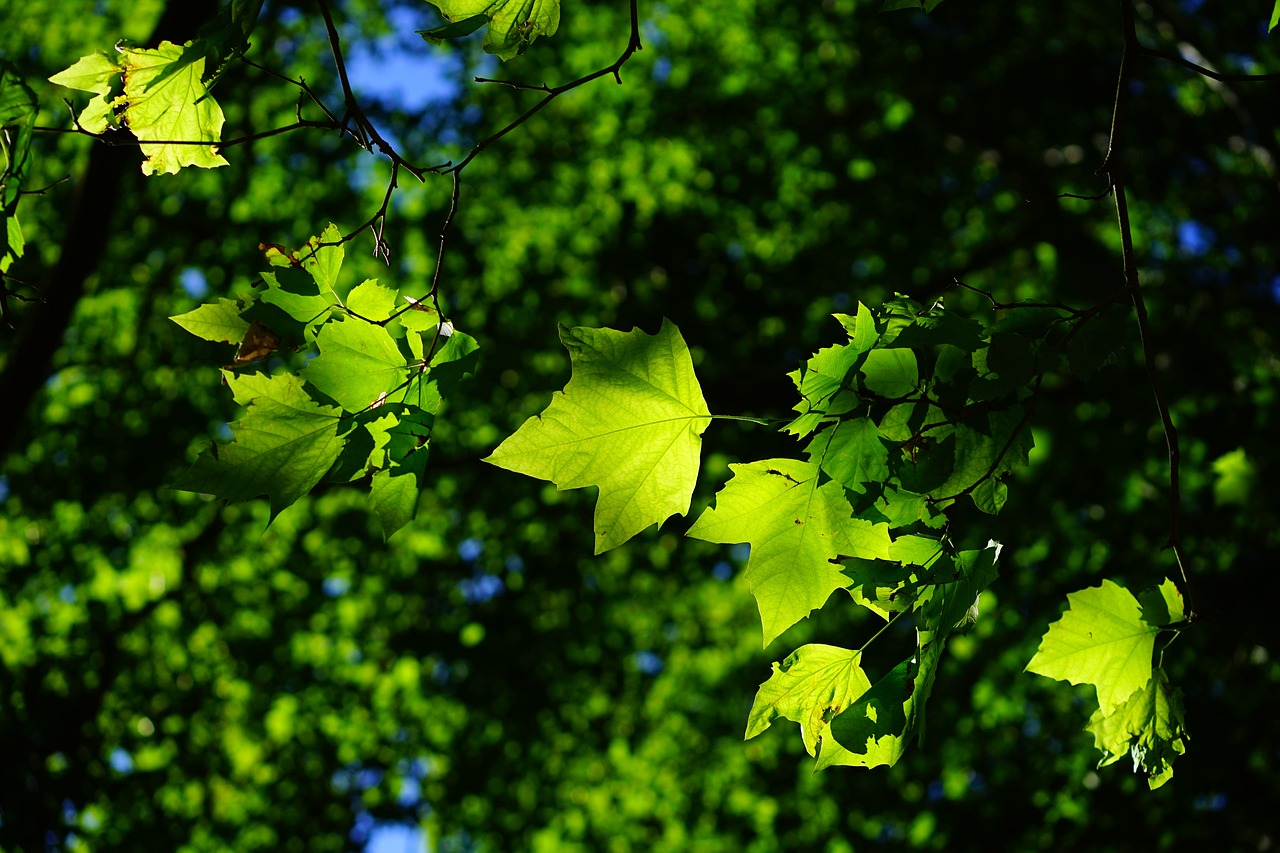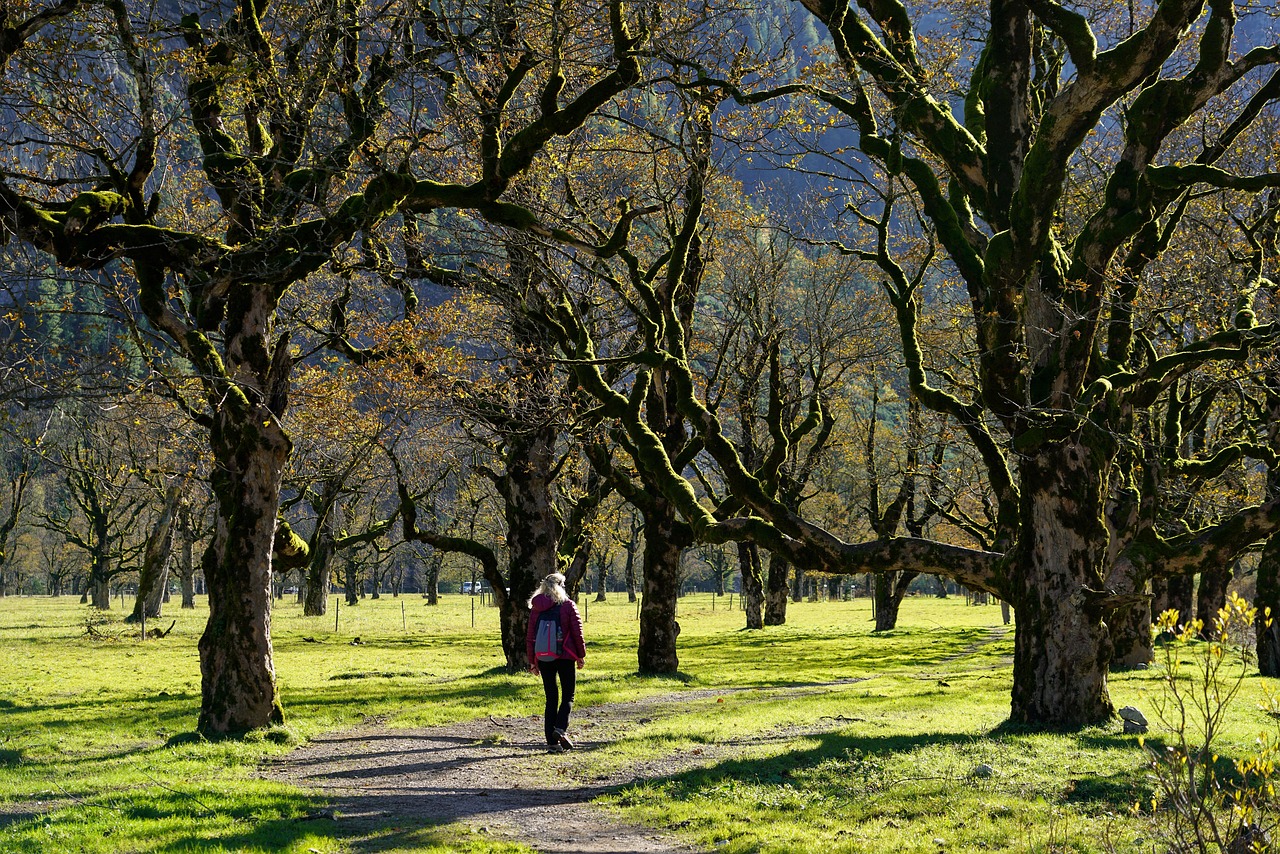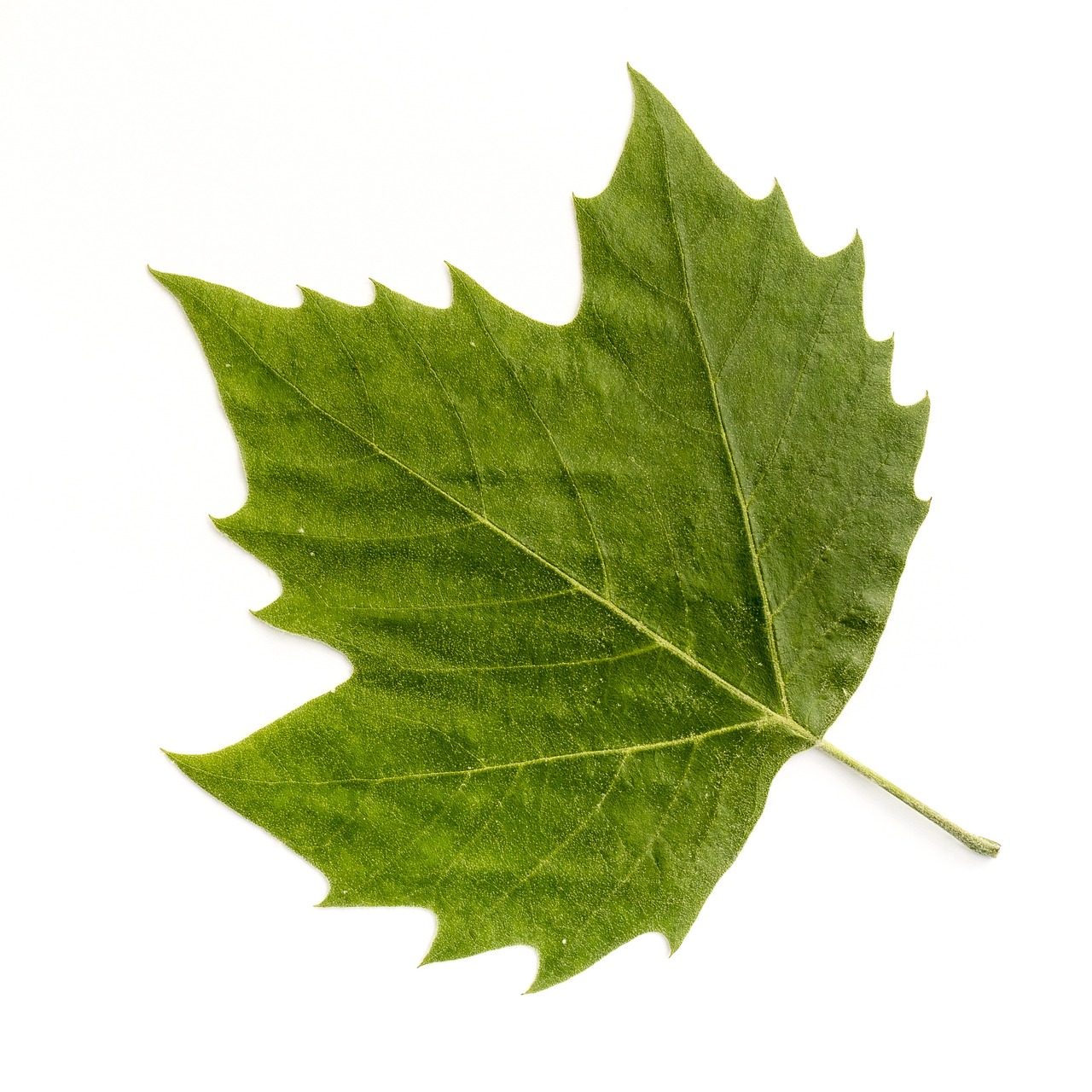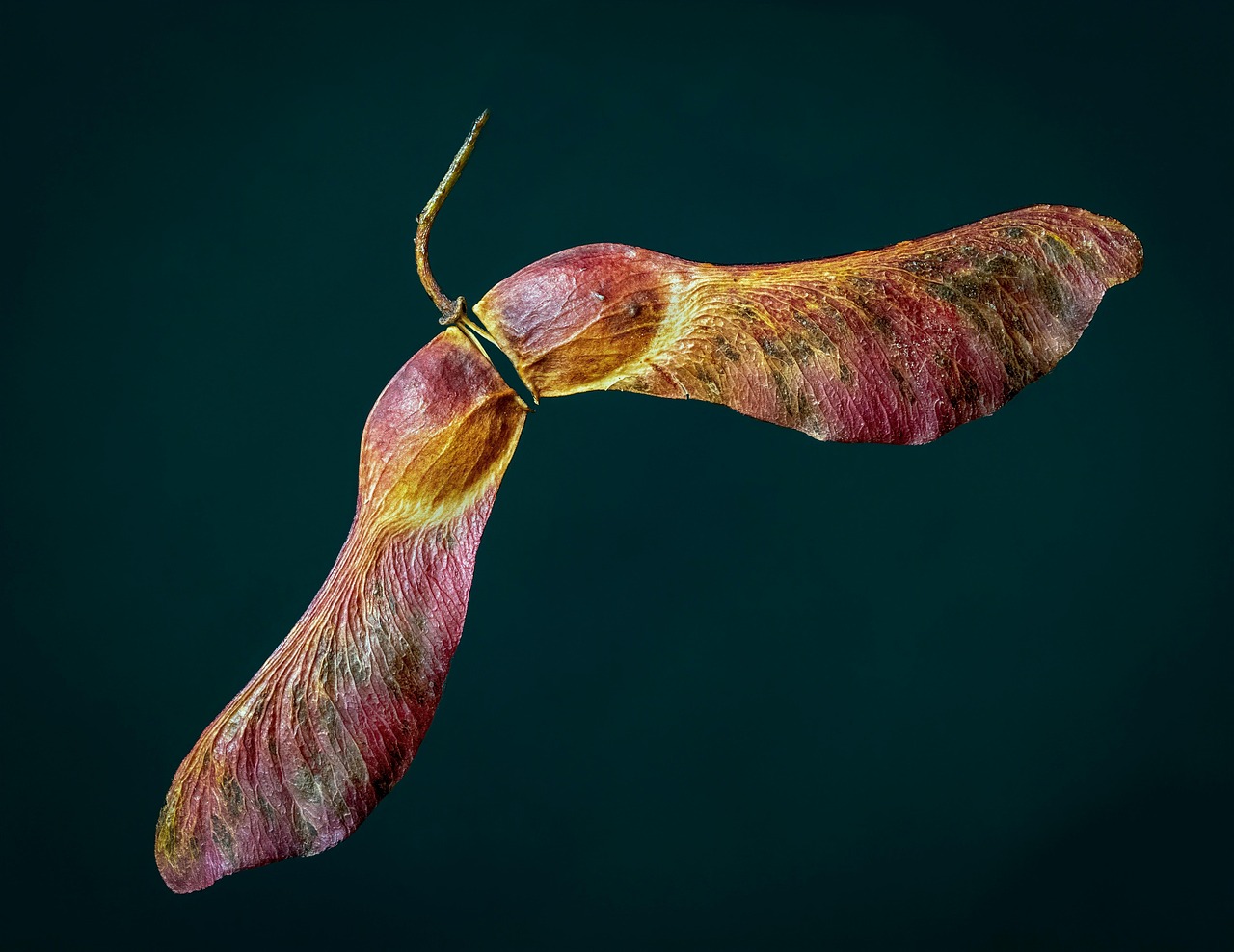Sycamore trees can be identified by their distinctive features, including their large, lobed leaves, mottled bark, and unique seed balls. These characteristics make them easily recognizable in various landscapes, especially in North America and Europe.
The sycamore tree, scientifically known as Platanus occidentalis, is a majestic species that thrives in a variety of environments. It is native to North America and is often found near rivers and streams. These trees are known for their impressive size, often reaching heights of 100 feet or more, with a broad canopy that provides ample shade. Understanding how to identify a sycamore tree can enhance your appreciation of nature and improve your skills in tree identification.
One of the most striking features of the sycamore tree is its bark. The bark typically has a unique, patchy appearance, shedding in large flakes to reveal a smooth, pale inner bark. This characteristic gives the tree a mottled look that changes throughout the seasons. Additionally, the leaves of the sycamore are large and hand-shaped, typically measuring between 4 to 10 inches across. They are bright green in the summer and turn a beautiful yellow-brown in the fall.
Key Characteristics of Sycamore Trees

When trying to identify a sycamore tree, it is essential to look for several key characteristics. These features not only help in distinguishing sycamores from other tree species but also highlight their unique beauty.
| Feature | Description |
|---|---|
| Bark | Mottled appearance with patches of green, tan, and brown; peels off in flakes. |
| Leaves | Large, lobed leaves that are bright green in summer and yellow-brown in fall. |
| Flowers | Small, greenish flowers that appear in clusters during the spring. |
| Fruit | Round, spiky seed balls that hang from branches and contain small seeds. |
In addition to these physical characteristics, sycamore trees are also known for their ecological benefits. They provide habitat for various wildlife species and contribute to soil health by preventing erosion along waterways. Their extensive root systems help stabilize riverbanks, making them essential for maintaining healthy ecosystems.
It is important to note that while sycamores are impressive trees, they may not be suitable for every garden or landscape due to their size and growth habits. Those considering planting a sycamore should take into account the space available and the potential impact on surrounding vegetation.
As you continue to explore the world of trees, recognizing the unique features of sycamore trees will deepen your understanding of local flora. Their striking appearance and ecological importance make them a fascinating subject for both amateur botanists and seasoned tree enthusiasts alike.
Growth Habits and Habitat of Sycamore Trees
Understanding the growth habits and preferred habitats of sycamore trees is essential for proper identification and appreciation. These trees thrive in specific environments, which can influence their size, health, and overall appearance.
Preferred Habitat
Sycamore trees are commonly found in moist, well-drained soils. They often grow along riverbanks, floodplains, and in low-lying areas where water is readily available. Their roots grow deep, establishing a strong foundation that allows them to absorb nutrients efficiently. Here are some key habitat characteristics:
- Soil Type: Sycamores prefer rich, loamy soils that retain moisture but also drain well.
- Light Requirements: These trees thrive in full sun but can tolerate partial shade.
- Water Availability: Proximity to water sources is crucial for optimal growth; they are often found near rivers and streams.
Growth Characteristics
The growth characteristics of sycamore trees play a significant role in their identification. Understanding their growth patterns helps distinguish them from similar species.
- Height: Sycamore trees can grow quite tall, typically reaching heights of 75 to 100 feet, with some specimens exceeding 120 feet.
- Spread: The canopy can spread up to 70 feet wide, providing ample shade.
- Growth Rate: These trees are known for their rapid growth, often adding several feet in height each year during their early life stage.
These growth habits contribute to the tree’s majestic appearance, making them popular choices for parks and large landscapes. However, because of their size, they require sufficient space to grow without competing with other plants.
Seasonal Changes in Sycamore Trees
Another fascinating aspect of sycamore trees is how they change with the seasons. Observing these changes can further aid in identifying them throughout the year.
Spring
In spring, sycamore trees exhibit new growth with the emergence of bright green leaves. This period also marks the flowering stage, where small greenish flowers appear in clusters. These flowers are not particularly showy but are crucial for pollination.
Summer
During summer, the leaves reach their full size and provide a dense canopy of shade. The mottled bark becomes more apparent as older layers peel away, revealing the lighter inner bark. The tree is vibrant and full of life, often becoming a focal point in any landscape.
Autumn
In autumn, sycamore trees display a stunning transformation. The leaves turn shades of yellow and brown before falling off, creating a beautiful carpet of color on the ground. The seed balls begin to mature during this time, preparing for dispersal.
winter
In winter, sycamores lose their leaves, exposing their unique bark patterns. The stark contrast of the pale inner bark against the dark outer bark creates a striking visual. Even without leaves, the tree retains its distinctive character, making it identifiable even in the colder months.
Common Diseases and Pests Affecting Sycamore Trees
Like all trees, sycamores are susceptible to certain diseases and pests that can affect their health and longevity. Recognizing these issues early on can help in managing their care effectively.
- Sooty Mold: This fungal disease appears as black soot on leaves and can be caused by aphid excretions.
- Anthracnose: A fungal infection that leads to leaf spots and premature leaf drop; it is more prevalent in wet conditions.
- Aphids: These small insects can infest sycamores, leading to stunted growth and sooty mold.
Regular monitoring and proper care can help mitigate these risks. Maintaining healthy soil and ensuring adequate water supply are vital steps in keeping sycamore trees thriving.

Ecological Importance of Sycamore Trees
Sycamore trees play a significant role in their ecosystems, providing numerous benefits to both the environment and wildlife. Understanding their ecological importance highlights why preserving these trees is essential.
Habitat for Wildlife
The sycamore tree provides habitat and shelter for various species of wildlife. Its large branches and thick canopy offer nesting sites for birds and protection for small mammals. Some key wildlife interactions include:
- Birds: Many bird species, such as woodpeckers and owls, utilize sycamores for nesting and hunting.
- Mammals: Squirrels and raccoons often make their homes in the hollows of mature sycamore trees.
- Insects: The tree attracts numerous insects, which serve as a food source for birds and other predators.
Improving Soil Health
Sycamores contribute to soil health in several ways. Their extensive root systems help prevent soil erosion by stabilizing the ground, especially in riparian zones. Here are some additional benefits:
- Nutrient Cycling: As leaves fall and decompose, they enrich the soil with organic matter.
- Water Retention: The tree’s roots help retain moisture in the soil, benefiting other nearby plants.
- Soil Structure: The root systems improve soil structure, allowing for better aeration and drainage.
Carbon Sequestration
Like all trees, sycamores play a crucial role in carbon sequestration. They absorb carbon dioxide from the atmosphere during photosynthesis, helping to mitigate climate change. Here’s how they contribute:
- Carbon Storage: Mature sycamores can store significant amounts of carbon in their biomass.
- Air Quality Improvement: By absorbing pollutants and releasing oxygen, sycamores contribute to better air quality.
Cultural Significance of Sycamore Trees

Beyond their ecological benefits, sycamore trees hold cultural significance in various communities. They are often admired for their grandeur and beauty, symbolizing strength and resilience.
Historical Uses
Throughout history, sycamores have been utilized in various ways by different cultures:
- Building Material: The wood of the sycamore is dense and durable, making it suitable for furniture and construction.
- Medicinal Uses: Some traditional practices have used parts of the sycamore tree for medicinal purposes.
- Landscape Design: Due to their impressive size and shade-providing qualities, sycamores are popular choices in urban planning and landscaping.
Symbolism and Folklore
In many cultures, sycamore trees symbolize protection, strength, and longevity. They are often featured in folklore and stories, representing a connection between nature and humanity. This symbolism can foster a sense of community as people gather around these majestic trees.
Caring for Sycamore Trees
Caring for sycamore trees is essential to ensure their health and longevity. Proper maintenance practices can help prevent diseases and promote vigorous growth.
Planting Tips
When planting a sycamore tree, consider the following tips to ensure successful establishment:
- Selecting Location: Choose a location with ample sunlight and access to water.
- Spacing: Ensure adequate space for growth; ideally, at least 15-20 feet away from buildings or other trees.
- Soil Preparation: Amending the soil with organic matter can improve drainage and nutrient availability.
Ongoing Maintenance
Regular maintenance is crucial for keeping sycamores healthy. Here are some key practices:
- Watering: Newly planted trees should be watered regularly until established. Mature trees typically require less frequent watering but may need supplemental irrigation during dry spells.
- Pruning: Pruning helps maintain shape and remove dead or diseased branches. It is best done in late winter or early spring.
- Pest Control: Monitor for signs of pests or diseases and address any issues promptly to prevent further damage.
Additional Uses and Benefits of Sycamore Trees

Sycamore trees offer a variety of additional uses that go beyond their ecological and aesthetic contributions. Understanding these uses can enhance appreciation for these remarkable trees.
Wood Utilization
The wood of the sycamore tree is highly valued for its strength and durability. It has several applications:
- Furniture Making: Due to its attractive grain and workability, sycamore wood is often used to create furniture pieces.
- Cabinetry: The wood is also popular in cabinetry, providing a sturdy and aesthetically pleasing option.
- Musical Instruments: Sycamore wood is sometimes used in the construction of musical instruments, particularly for its acoustic properties.
Landscape Aesthetics
Sycamores are often planted in urban and suburban landscapes due to their impressive size and beauty. They are especially valued for:
- Shade Provision: Their large canopy provides significant shade, making them ideal for parks and public spaces.
- Windbreaks: Planted in rows, sycamores can serve as effective windbreaks, protecting smaller plants and structures from strong winds.
- Visual Appeal: Their unique bark and large leaves contribute to the visual diversity of landscapes.
Challenges in Sycamore Tree Management
While sycamore trees are generally resilient, they face challenges that require careful management. Awareness of these challenges can help maintain their health and longevity.
Environmental Stressors
Sycamores can be affected by environmental stressors such as:
- Drought: Extended periods of drought can weaken sycamores, making them more susceptible to pests and diseases.
- Urban Pollution: Trees in urban areas may experience stress from air pollution, which can affect their growth and health.
- Soil Compaction: Heavy foot traffic or construction near sycamores can compact soil, leading to root damage and reduced nutrient uptake.
Pest Management Strategies
Effective management strategies can help mitigate pest-related issues:
- Regular Inspections: Frequent checks for pest infestations can help catch problems early.
- Natural Predators: Encouraging beneficial insects can help control pest populations naturally.
- Cultural Practices: Maintaining healthy soil and proper watering can enhance the tree’s resilience against pests.
Final Thoughts
Identifying sycamore trees by their unique features enriches our experience with nature. From their striking bark and large leaves to their ecological contributions and cultural significance, sycamores are truly remarkable trees. Understanding their growth habits, seasonal changes, and care requirements equips individuals with the knowledge to appreciate and protect these majestic giants.
The benefits provided by sycamore trees extend beyond aesthetics; they play crucial roles in ecosystems, offering habitat for wildlife, improving soil health, and sequestering carbon. By recognizing the challenges they face, such as environmental stressors and pests, we can take proactive steps to ensure their health and longevity in our landscapes.
As you explore parks or natural areas, take a moment to observe the grandeur of sycamores. Their presence not only enhances our environment but also connects us to the rich tapestry of nature’s diversity. Whether you are a tree enthusiast or simply someone who enjoys the outdoors, understanding sycamore trees deepens our appreciation for these essential components of our ecosystems.
